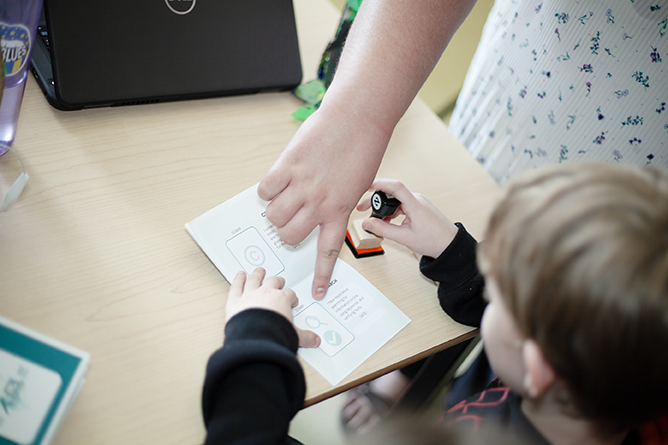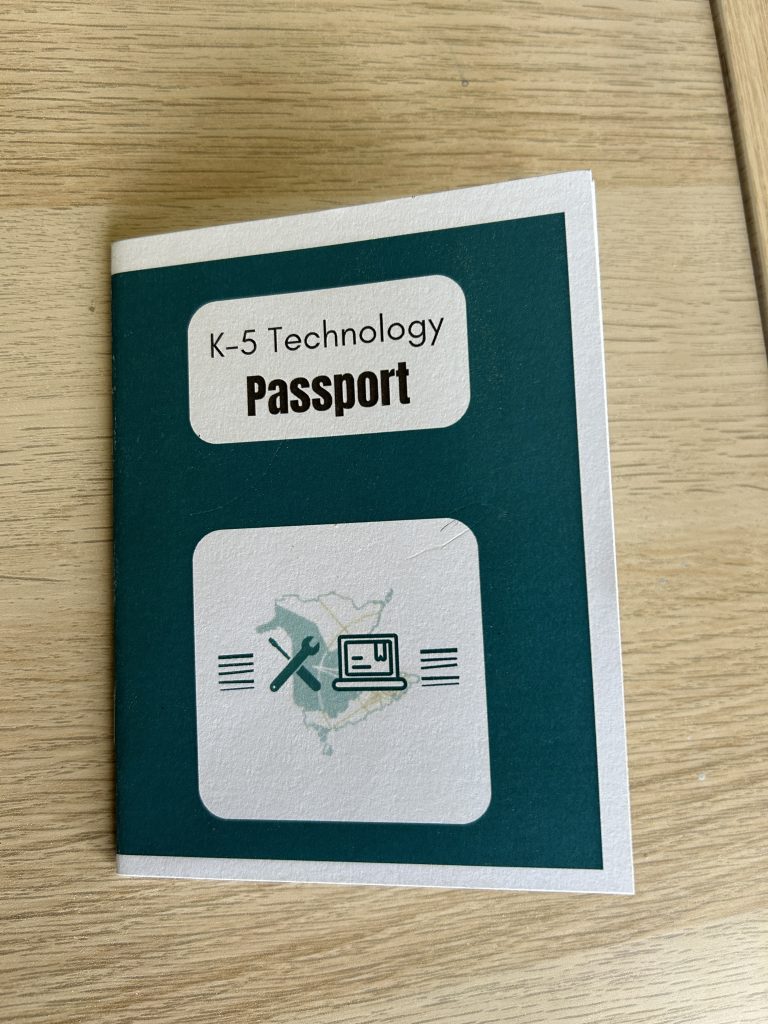
Our technology-intensive world offers a lot for which we can be both grateful and wary.
The key is knowing the difference between the two, something even adults have a hard time with.
That’s why Anglophone School District West (ASD-W) has developed a Grade K-5 technology education program complete with a technology passport booklet that students can stamp when they’ve learned something new about the technologies they encounter.
The passports are being piloted in five district schools—Andover Elementary School, Burton Elementary School, Geary Elementary Community School, Montgomery Street Elementary School, and Nashwaak Valley School—and cover nine topics: Coding, Creative Credit, Digital Media Production, Identity, Making & Building, Office 365, Privacy, Search, and Security.
Prudence
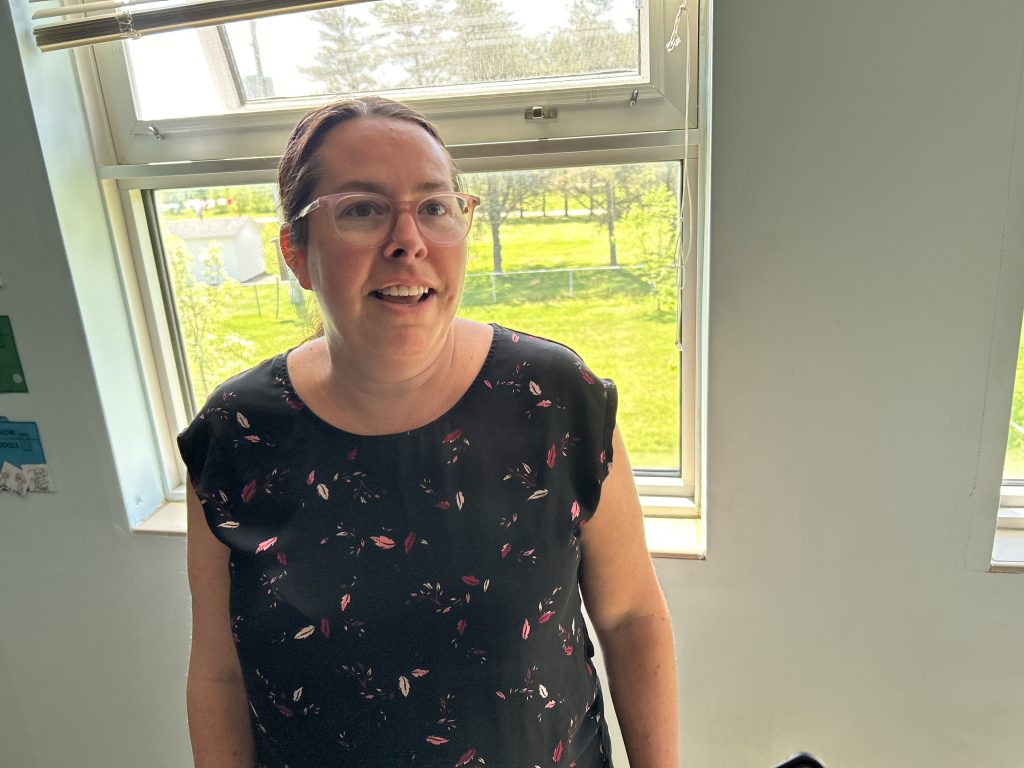
“The kids are heading into middle school so this gives them a good idea of what to do when they head there,” said Nashwaak Valley School teacher Tara Delaney-Thompson. “I think it’s super important for them to realize that if they’re putting themselves out there on the internet and they have their school sweatshirt on, it reveals some of their identity. We’re bringing things like that up with them.”
The kids are catching on.
“These are things they wouldn’t think about on their own and now they’re very aware and they’ll tell others ‘oh you shouldn’t be on that [site] without your parents’ consent’,” Delaney-Thompson said.
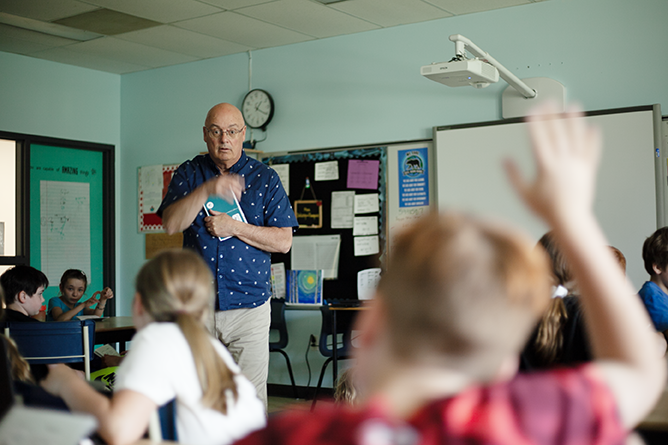
The program, which was brought to the district by K-12 Technology and Skilled Trades Subject Coordinator Brenda Cameron, is being introduced in Grades 3-5 at Nashwaak Valley School, and in Grades K-5 at the other pilot schools. The goal is to implement it in all district elementary schools at the start of the next school year.
Said ASD-W Digital Learning Lead Jeff Whipple, “Our thought was we wanted to give teachers an idea about what they should be looking for in terms of preparing kids for that middle school tech, plus the other things they’re going to be exposed to.”
Any activities students learn are stamped as complete in the passports, said Whipple, using different coloured stamps for each.

Wonder

While Identity, Privacy, Search, and Security cover topics where students must exercise prudence, topics like Coding, Creative Credit, Digital Media Production, and Making & Building spark wonder and allow students to be creative.
This creativity is firing young minds.
“We got to work with our friends and I learned a lot of new stuff,” said Tori Clements, a Grade 5 student at Nashwaak Valley School. “I learned how to move the micro:bit robot and [Jeff Whipple] taught us all about coding and stuff.”
The software and hardware students used to build and control robots was provided by an organization called micro:bit which teaches science and technology to young people via hands-on applications.
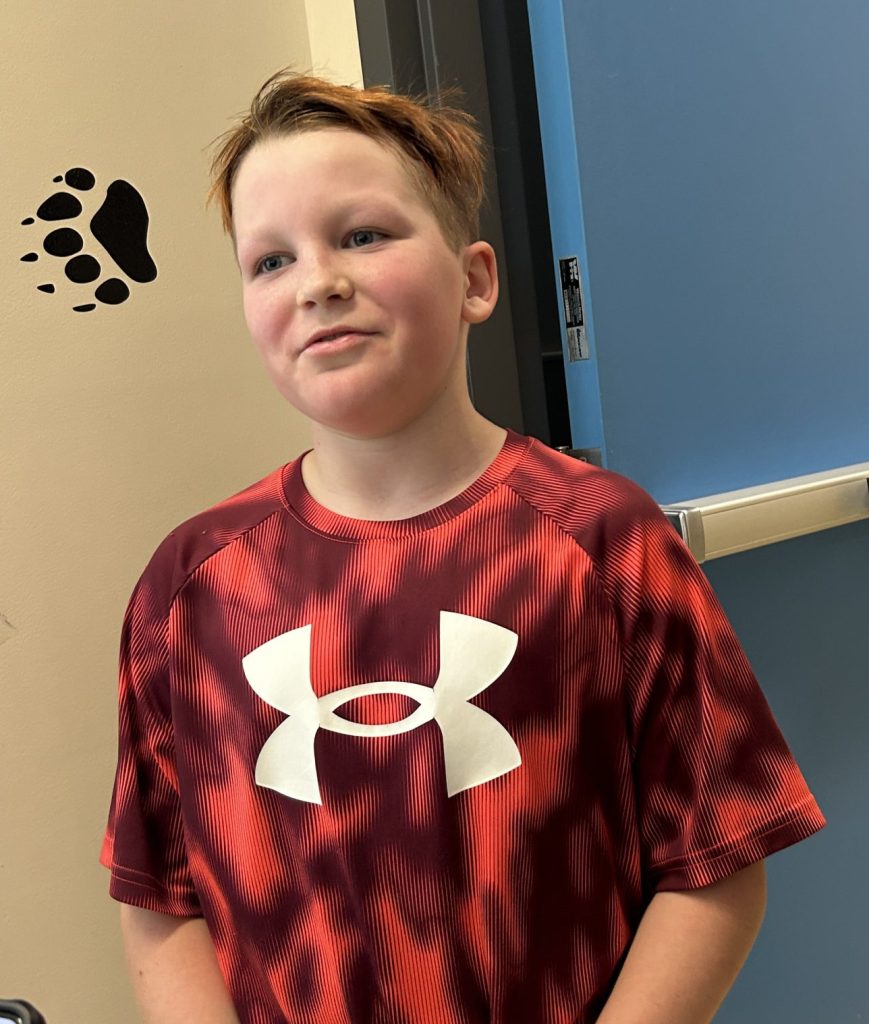
“This involves coding and I love coding,” said Nashwaak Valley School Grade 5 student Nolan James Banks. “It’s kind of a new thing. It’s really fun.”
Banks was drawn to a particular if/then coding task that caused a robot to move if the noise level in the room rose above a certain level.
“If the sound level is over 50 decibels, it will start moving, and I like making things move,” said Banks, who sees a job as a coder in his future.

The Making & Building topic also included an entrepreneurship component—called Power Play—which appealed to Nashwaak Valley School Grade 5 student Ava Barton. She made a mindfulness calm-down jar. But that was only one part of her project.
“My favourite project is the entrepreneur project. Basically, we made a prototype of a little mindfulness jar that we’re selling to raise money for charity,” Barton said. “We have to pay back our loans and we learn about how hard business can be.”
Barton wants to pursue art in university and “probably do art or maybe be a teacher.”
“They absolutely love it and it’s really great because even kids who struggle academically are very involved in it and they find their place,” said Delaney-Thompson. “It gives them a real sense of belonging.”

